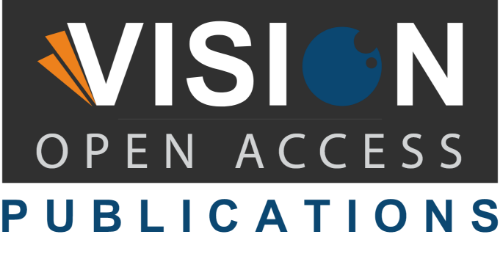- Candidates must have successfully completed a Ph.D. in relevant research fields
- Editorial Board (EB) members are expected to actively contribute to the journal’s development and growth.
- The members should ensure that the peer-review process is conducted rigorously by qualified reviewers while maintaining complete confidentiality.
- The Member must provide their decision for article processing. If they are unable to review a submission due to time limitations, they are encouraged to recommend alternative reviewers.
- The editorial team holds the ultimate authority over manuscript acceptance, revisions, or rejection at any stage of the article.
- The member can submit their works at least twice in a year whenever the journal needs their contribution.
- The members should oversee the review process to ensure feedback is clear, constructive, and professional, avoiding any inappropriate or harsh language.
- The members are categorized based on their experience level and contributions to the journal.
Editor Guidelines
Guidelines and Responsibilities
Editor in Chief
EIC is the primary authority of the journal and holds the discretion to make decisions at any stage of the editorial process.
Executive Editor
EE supervises the journal’s editorial operations, ensuring the efficient administration of submissions, peer reviews, and publication processes, and aids the Editor-in-Chief in decision-making.
Editors
Editors are accountable for overseeing the peer-review process, evaluating the quality of manuscripts, offering author’s feedback, and assuring that the published content is consistent with the journal’s standards and scope. Additionally, they aid in the formulation of editorial decisions and contribute to the journal’s expansion.
